
Sebastian Bock
-
Posts
62 -
Joined
-
Last visited
Posts posted by Sebastian Bock
-
-
Thank you for your sharing your thoughts, Giray.
I am still thankful for a new film stock. It is about half the price of Kodak films with an equal quality and offers people with lower budgets to shoot private films on their Beaulieu, music videos on their Arriflex ST, experimental stuff on their Bolex and much more on 100ft daylight spools. If you can only shoot "serious" stuff on 400ft rolls, just go with your Double XX. That's ok, but it has nothing to do with this thread.
-
Have you seen this new crystal sync motor from Pluriboom (Kamran)?
https://pluriboom.com/products/crystal-sync-motor-for-arri-16-cameras
-
Ok, it took a while, but as promised, I shot some real life footage with the Fomapan 100 cine.
I rated it as 50 ISO and developed it in D76 1+1 for 12 minutes.
The results are really satisfying for me. It is a very classic b/w look with good shadow detail and a pretty good highlight latitude. It's definitely not the finest grain but D76 is also not known as fine grain developer. But if I wouldn't like grain, I wouldn't shoot 16...Perforation of the Fomapan 100 cine is ok - the image is maybe a tad more jittery than Kodak XX film stock but it's not a big deal for my purposes. Overall, I am very happy with the new Fomapan 100 cine and will definitely use it again. Hopefully Foma sells enough so the production is profitable for them.
Fomapan 100 cine is also possible to reversal process and has a nice punchy contrast if developed in D19 + KSCN + Iodide (9-12 minutes at 20 degrees). Though, the base is not as transparent as Fomapan 100R.
Here are some images:
-
 3
3
-
-
„Ida“ by Pawel Pawlikowski for the composition of the images. You can stop the film in every moment, print the frame and hang it to your wall. Outstanding!
“Soy Cuba“ & „The cranes are flying“ by Mikael Kalatozov and his cameraman Sergej Urussewski for the camera movements, the light, contrasts and the infrared film stock. They were genius.
„Pi“ by Darren Aronofski for its massive grain and aggressive contrasts.
-
It could be a mix of different factors.
If the developer was a bit more exhausted than expected, if your thermometer is a bit off, the temperature dropped a bit during the 10 minutes, your agitation was a bit too lazy and you emptied the tank a bit too early - if all factors that influence the density of a negative are on the ‚bad‘-side, you could get a thin result.I once read a nice saying that‘s supposed to be from a Kodak brochure:
Photography is almost impossible. The shutter speed can deviate by up to 50%, as can the aperture, not to mention the thermometer and the clock in the darkroom. If all the tolerances swing in one direction, the result is a white or black negative. But since they rarely do, we photograph with passion.
I‘d say it’s very unlikely that the fixer caused that.
Good luck for the other rolls!Sebastian
-
While reading this thread, a scene from „living in oblivion“ popped up automatically… 😉
-
Kamran, you are a genius!
This is so great! Thanks for sharing your fresh ideas to keep our beloved gear running and for supporting the 16mm filmmaking community.Cheers,
Sebastian
-
 3
3
-
-
James, you really should not repair high voltage devices when your repair skill level is amateur.
Please - leave that to the professionals.I know, that was not an answer to your question, but when I saw your question, I felt an urgent need to send you this appeal.
No offense 😉
I guess, no serious professional would give an amateur tips in an Internet forum, how to hot wire high voltage devices. Who would take responsibility if something goes wrong?
-
More Options:
You can also shoot on Orwo UN54, Foma R100 or Fomapan 100
When I see your questions, I recommend to do a little more research than just asking here. If you never heard about Tri-X, you could visit Kodak‘s website to read about it. Also the search function here is a good resource.
The advantage of shooting b/w is, that you have many ways to influence the look of your film - by the usage of specific developers for example. Saying, Double X is generally contrasty and dark is nonsense, since it is a negative stock and the brightness and contrast depends on exposure, development, scanning or print processing.
The latitude might be an argument, but come on: generations of filmmakers were shooting beautiful films on that stock - so maybe it is also good enough for you… 😉
-
@Ivan DImitrov Alexandrov Did you know that Foma.cz offers an orthochromatic film?
So you don’t need to imitate the look - you can have it for real.
BTW: your trailer looks very promising… -
The Sekonic Service might know the answer. Have you considered, sending them an email?
To make your life a little easier: service@sekonic.com
-
Hi, Wenqi Wei!
Arri is building a professional video camera, so they are using the video / SMPTE standards to be compatible with broadcast equipment all over the world. In the video world you have historically "lower than black" and "whiter than white (109%)" values.
These is a legacy from the CRT TV era. Over decades, Manufacturers of broadcast and video equipment tried to stay backwards compatible with older standards so they respected the SMPTE guidelines for video levels.
Full Range video is for computer monitors and not a standard in broadcast / video universe. Also, the Alexa has 10 bit ProRes recording, so it is not limited to 16-235 as you mentioned but to 64-1000, so it's not a big deal to have a couple values less than full range would offer... If you playback your Alexa footage on a computer monitor, you should have it transformed to full range somewhere in the chain so your blacks are not lifted. If you play back your Alexa footage on a Rec709 broadcast TV, you shouldn't do that because then you would have crushed blacks and blown out highlights.
But you are right: all this has nothing to do with log.
Some of my above statements might not be 100% technically correct, but they should give you an idea of the principle.
Cheers,
Sebastian
-
 1
1
-
-
On 8/27/2024 at 4:26 PM, Richard Tuohy said:
how did the reversal processing of the Foma go?
The very first test was a bit too contrasty but promising.
I need to play around with developer, dilution, temperature and time before I publish any result here. -
17 hours ago, Richard Tuohy said:
I did this partly in the hope that once they (Foma) realised there was a market for it in the absence of ORWO black and white stocks, they might take the opportunity to make it available as a regular item, which they did!
Richard, thanks for the energy you've put in that topic. All narrow gauge filmmakers benefit from that!
Maybe you should also place a massive printfilm order so they realize there is a market, create their own PF emulsion and sell it in 2000ft cans.
Ok. enough kidding... Fingers crossed that you manage to get your personal share shipped to Australia. But I have another information that might relieve you a bit: Foma's "best before" date on the packaging says: 05/2027.All the best from floodlab (Hamburg;)
Sebastian
-
 1
1
-
-
Since I got some Super 8 bulk film on 2" cores, I was in need for an 8mm split reel. It fits tight onto the standard Super-8 viewers/editors.
I share this with you on thingiverse: https://www.thingiverse.com/thing:6724058
.jpeg.60cca41d36c605867af303591f24cb0a.jpeg)
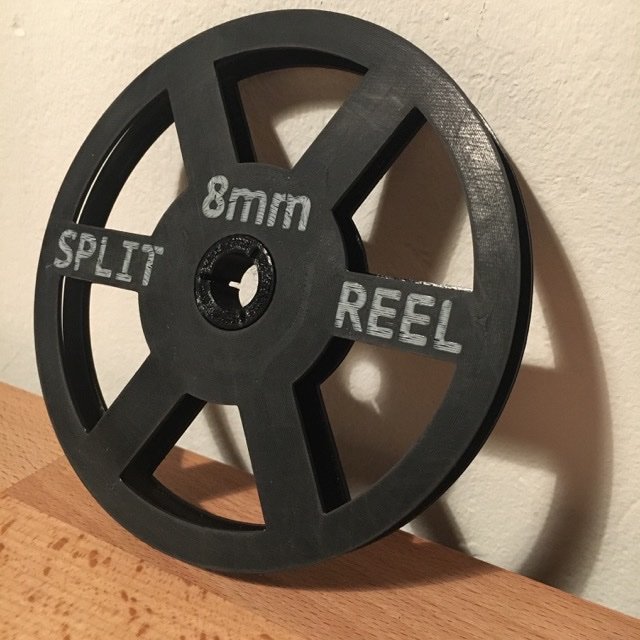
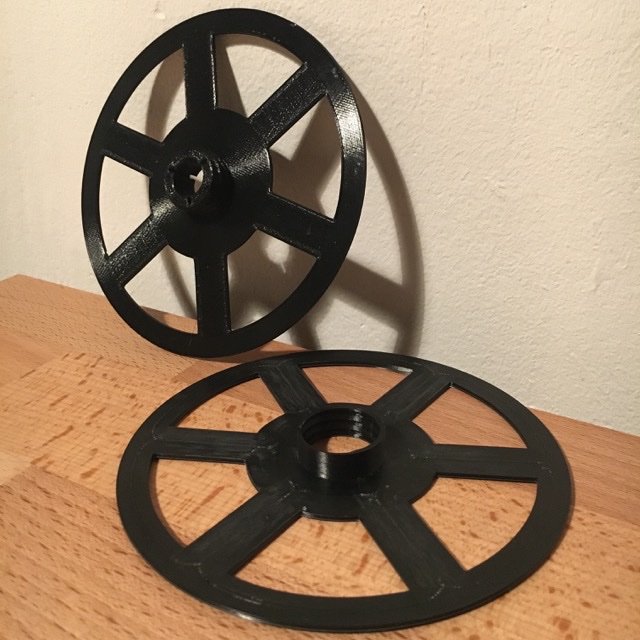
-
 1
1
-
-
Hi, Nate!
As far as I know, these turret plates exist in different thicknesses to bring the mount/the lens in the correct back focus distance. You need to find one where that thickness fits to your specific camera. A Beaulieu technician could measure this and choose the right plate. If you don't measure this, it would be just try and error.
Changing the plate itself should be straightforward and as easy as you assume.I don't know, if its 100% correct, what I wrote, but I once wanted to buy a strengthened plate from Beaulieu-Guru Bjorn Andersson and asked him, if I could swap this plate against my 3 lens turret plate back and forth by myself and he answered, yes. But he also said he would definitely need my camera to measure, which strengthened plate would be the correct one for my camera.
Maybe the best advice would be to ask Bjorn Andersson.
But before you do so: Are you sure, that really the turret plate is warped? Especially, if yours is not the 3 lens turret, but the strengthened one for heavier lenses, it is very unlikely, that it warped. In your picture it looks more like the mount of the lens itself is misaligned and responsible for the gap. I'd try another lens before buying a new plate...
Good luck,
Sebastian
-
OK, here's the next split screen comparison.
Upper half, Foma 100 cine rated as 50 ISO (1 stop over)
Lower half, Foma 100 cine rated as 100 ISO (same as in the above test)
Development 7, 8 and 9 minutes in 20°C Kodak D767 minutes (standard development):
.thumb.jpeg.c7942a93fe648c1c7b7d371f7a5fdf43.jpeg)
8 minutes (slightly overdeveloped):
.thumb.jpeg.d1e45b8f2d0ca12d5f75483d88fa825a.jpeg)
Conclusion: The film definitely benefits from rating it at 50 ISO (overexposing it by one stop). The image now shows a clear difference between -3 stops under and -4 stops under and there is still some detail remaining against the base.
With my specific thermometer I would develop for 8 or 9 minutes in the future. Yours might tell you a different time...
-
 6
6
-
-
Interesting topic. Have you considered asking him that question directly in his own forum on his personal website?
-
I've been very happy about another "new" film stock and immediately ordered some reels from Foma.
So here's my first impression of the new Fomapan 100 cine.I exposed it in an ARRI SR @EI100 and then switched the magazine to also expose some double X @EI200 (so I closed the lens by 1 stop) and developed both stripes in Kodak D76 in the same small tank at 20°C. Standard dev time for both stocks is supposed to be 7 minutes. I developed the test strips for 6,7,8 and 9 minutes.
Short explanation of my methodology:
What you see in the pictures is my grayscale, which is basically ND0.3 gels layered on a glass screen with a LED-panel behind it. The far right stripe, labeled with an "X (+5)" has no gel, the next "IX (+4)" one ND.3, and so on, ending in 8 layers of ND.3 at the left stripe "II (-3)". Another "zone" with a ninth layer is in the lower left corner of the wedge and a last "zone" is made with another diagonal ND.3 gel. This is to judge the last bit of shadow detail.
The whitest thing on the far right is a translucent canister of a 135 stills film sitting on a strong LED torch. This white is even 2 stops over the last stripe "X (+5)". I placed it there to get an impression of the highlight latitude.
I measured with a Sekonic cine meter on "zone V" (0).
Both film stocks are shown in a split screen, Kodak XX is the upper half, Fomapan 100 cine is the lower half. Split screen and adjusting black/white point were done in Davinci resolve.6 minutes dev (= underdeveloped):
.thumb.jpeg.9cb77e310ddcc6103458e39ae24ac492.jpeg)
7 minutes dev (recommended time from the spec sheets of both films):
.thumb.jpeg.f8502d4c9342482aa5311163b9dd5d50.jpeg)
8 minutes dev (= overdeveloped):
9 minutes dev (= overdeveloped):
The result / My interpretation:
Both films have an enormous highlight latitude! Kodak's XX even a tad more.
Since I know Fomapan 100 from stills photography, I expected it to have not as much shadow detail as XX. The result shows clearly, that Fomapan 100 cine needs more light - many people using it for photography rate it 50 ISO. Double XX shows much more shadow detail. It is also flatter in general.
Since XX is more sensitive (200/250 ISO), it has expectably more grain.What I didn't expect: Fomapan is noticeably sharper than XX and the grain does not get nasty, when the film is overdeveloped (pushed). So far, I am very pleased. Well done, Foma.
I will continue testing the film. Next time, I will rate it as 50 ISO and shoot some real life footage, also to see how precise the perforation / how stable the footage is. I will post the results here.
-
 6
6
-
 1
1
-
-
Hey Valentin!
Regardless of how and where you measure, always keep in mind, that your viewfinder system is stealing you approximately 2/3 stops of light.
Other than that, I found the new Ektachrome 100D really forgiving. If you measure for the bright parts of your scene, you can easily open up 3 stops of your reading (to use the terminology of the Zone System: let it fall on Zone VIII).
…and yes - you‘ve read carefully, if you now add „…you can easily open up 3 stops of your reading PLUS another 2/3 to compensate the loss of the cameras‘ viewfinder“.
And to answer your question: Yes, if you are exposing (reversal) film with the help of a light meter, it is helpful to understand the basic concept of the Zone System. But you can skip the chapter where it comes to N- and N+ exposure and development as this was meant to be used to control the contrast of single sheet large format negatives.
-
 1
1
-
-
You are referring to Fomapan 100R, the reversal stock - the news is, that Foma is offering their 100 ASA negative film stock in 16mm and Double-8mm, named Fomapan 100 cine.
Anyway… I was expecting a bit more hooray from the analog filmmaker community.
-
-
Without much fuss, Foma.cz is suddenly selling their Fomapan 100 stock in 16mm 1R/2R and Double 8.
https://fomaobchod.cz/en/news/fomapan100cine16mm305bm1xperfo[11110]?ItemIdx=5
There once was a long discussion about possible group special orders from them and how to distribute it to all buyers. They obviously had so many inquiries for these special orders, that they just did a run and put it in their regular catalog.
So let’s buy it and use it 🙂
I ordered a couple of rolls to test it.
-
This looks fantastic!
Please keep us updated about festivals and screenings.
Good luck for distribution & sales.
Sebastian
-
 1
1
-


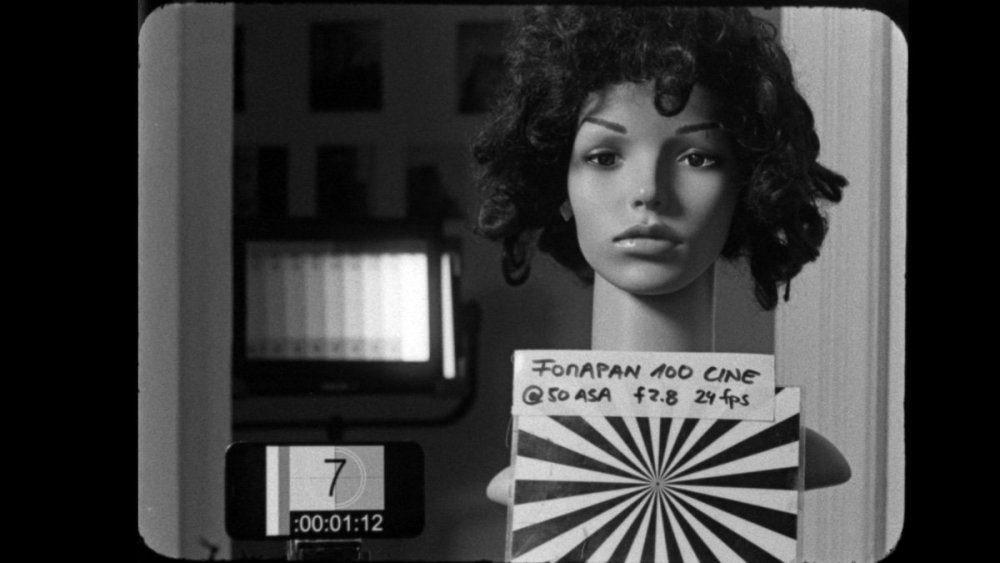
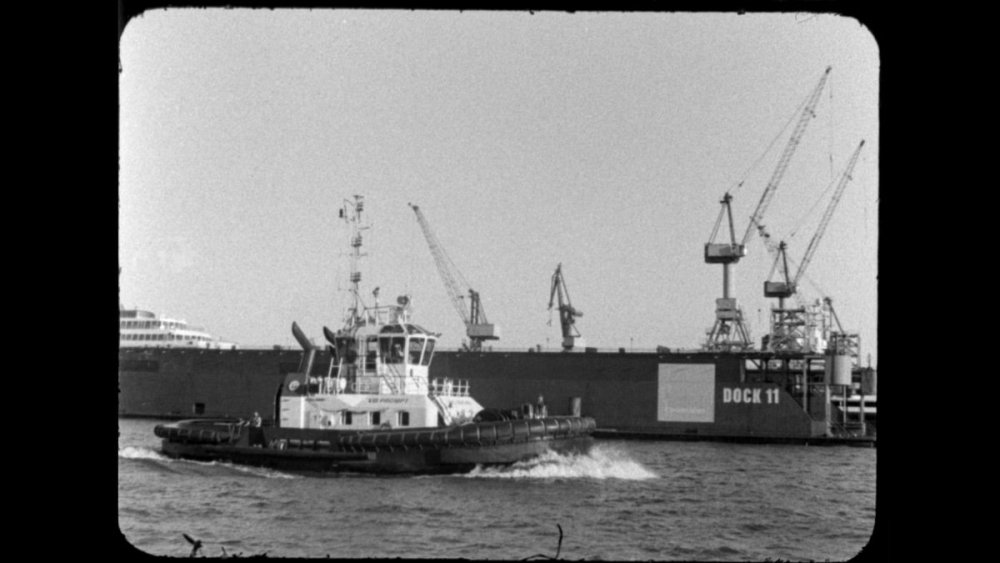
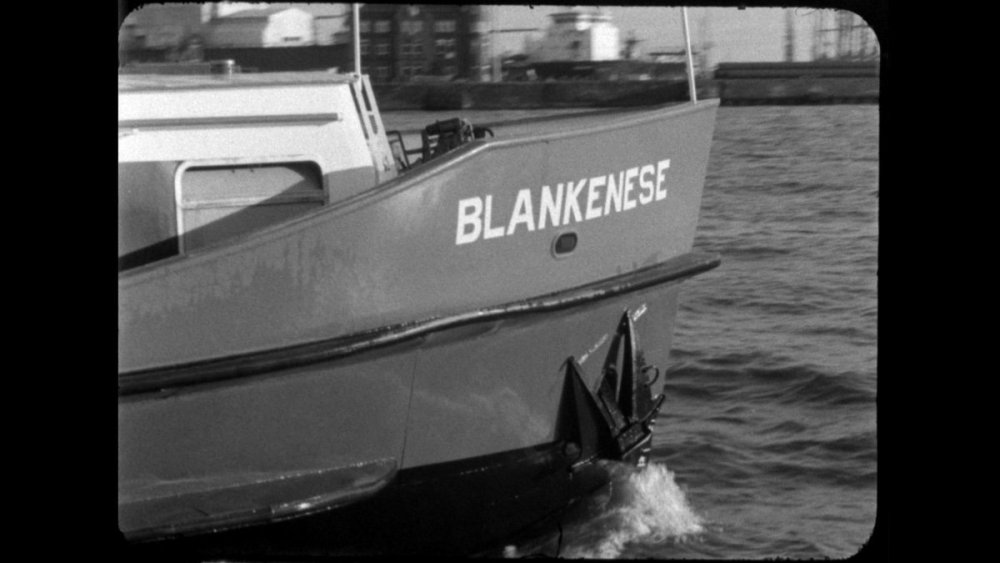
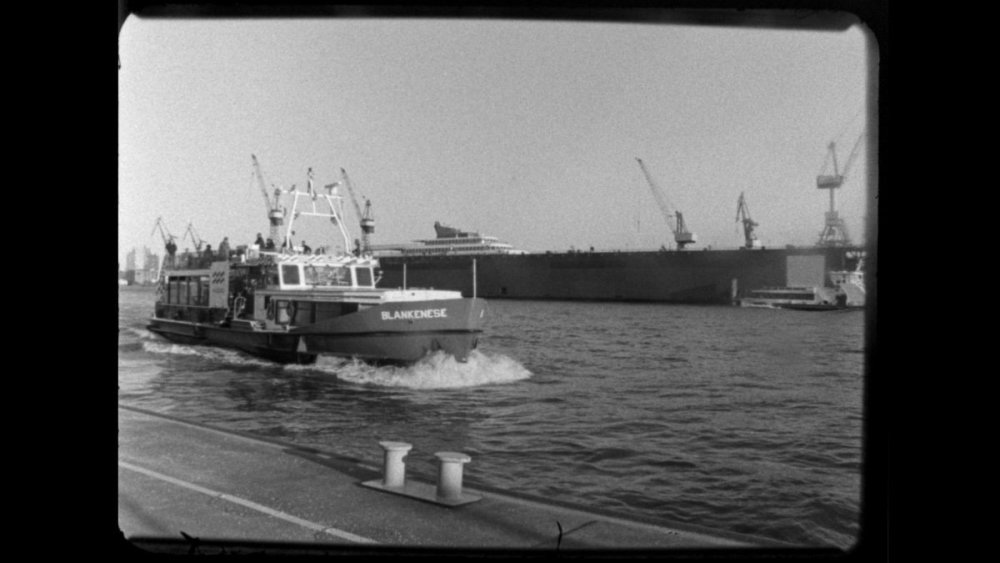
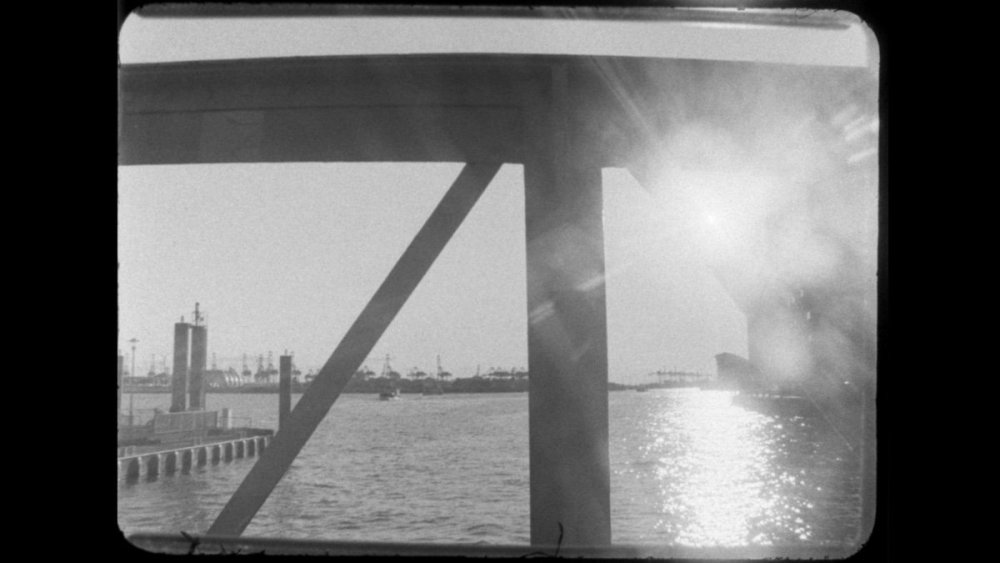
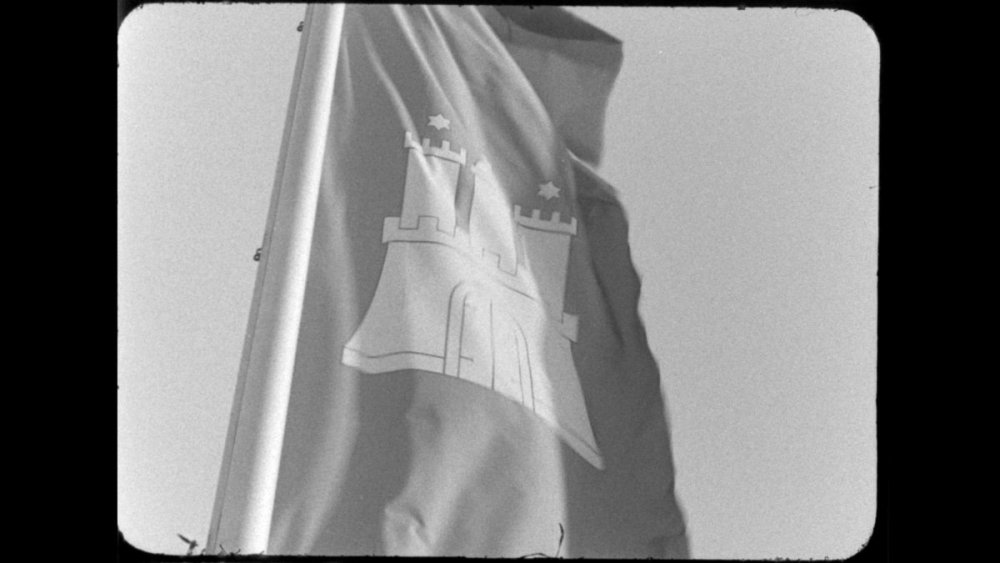
.thumb.jpeg.acd04b16762c33b56776a66a4c8eb1de.jpeg)
.thumb.jpeg.765add3d4fbf78429d25436466ec9b6a.jpeg)
.thumb.jpeg.d2e386b2cd286d8b71d8ec8a02726ba5.jpeg)
Film Development and Scanning in Europe
in Post Production
Posted
@Dan Baxter You are mentioning commercial labs, but filmlabs.org is a network of non commercial, artist run film labs. That’s why you don’t find Kodak, Fotokem, etc. on their list.